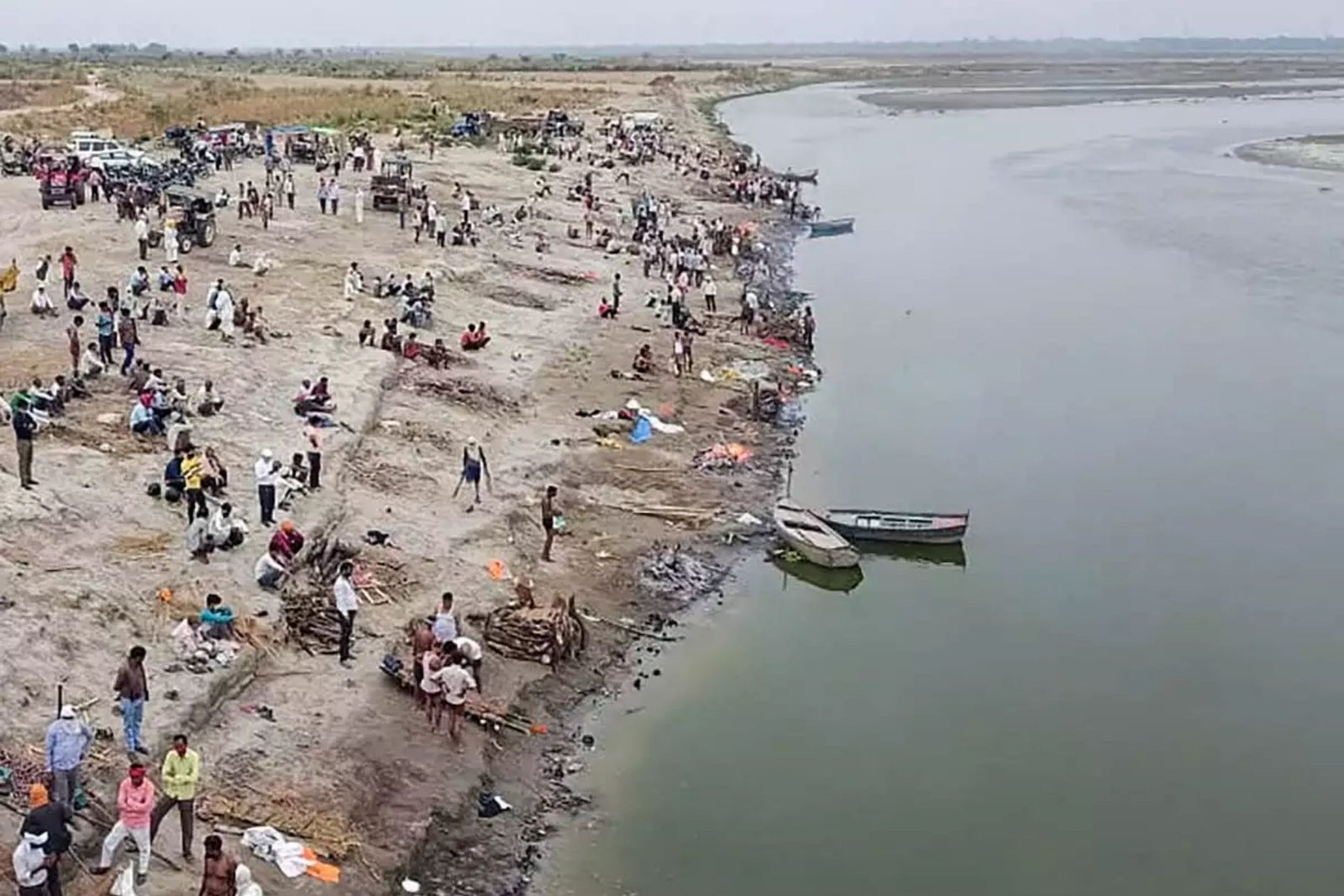Three bodies…….! Not even a month after several bodies, including those of COVID-19 victims, were discovered floating in the Ganga river or washed up on its banks in Uttar Pradesh, another such incident has emerged.

Three bodies, including one of a woman, were discovered floating in the Ganga near the Kannauj-Hardoi border on Sunday, according to police. According to officials, the bodies have been turned over to the Hardoi police.
Prashant Verma, SP of Kannauj, said the bodies were discovered floating in the river near the Badnapur Ghat on Saturday. Because the bodies were discovered in the Hardoi district, the Hardoi police were notified, and they were turned over to the Hardoi police, according to Verma.
Ganga is the figure of the Ganga river. Hindus worship Ganga as the goddess of pure and forgiving. Ganga is often portrayed by many names as a pretty fair man and is roaming a godly creature, Makara.
The Rigveda, where she is referred to as the saint of the rivers, is some of the first mentions of Ganga. Her stories appear mainly in posts of Vedic texts such as Ramayana, Mahabharata and the Puranas.
The Ramayana describes her as the firstborn Himavat, Himalayan character, and Parvati’s mother sister. But other texts mention their origins from the god of preservation, Vishnu.
Legends centre on her descent to Earth, which was facilitated by the god Shiva and a royal-sage named Bhagiratha. Ganga is the mother of the Kuru king Shantanu’s warrior Bhishma in the epic Mahabharata.
In Hinduism, Ganga is regarded as humanity’s mother. Pilgrims immerse their kin’s ashes in the Ganga, believing that doing so will bring the Souls (purified spirits) closer to moksha, or liberation from the cycle of life and death.








































